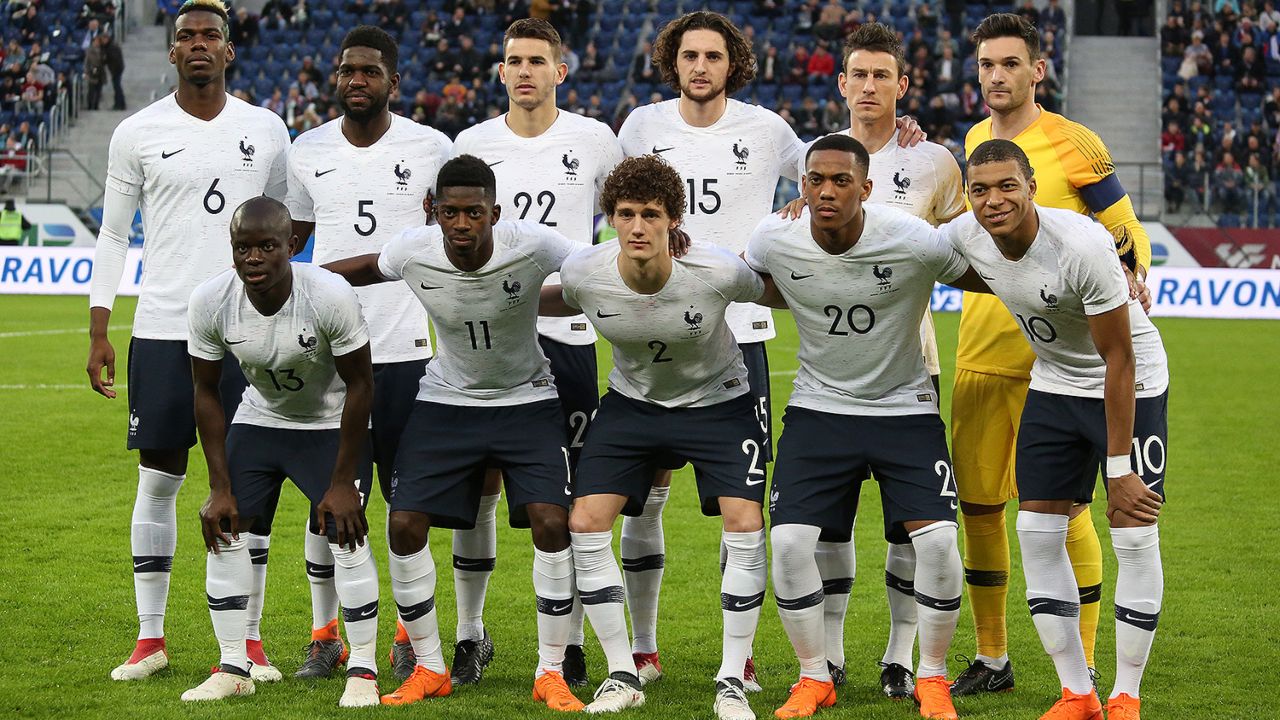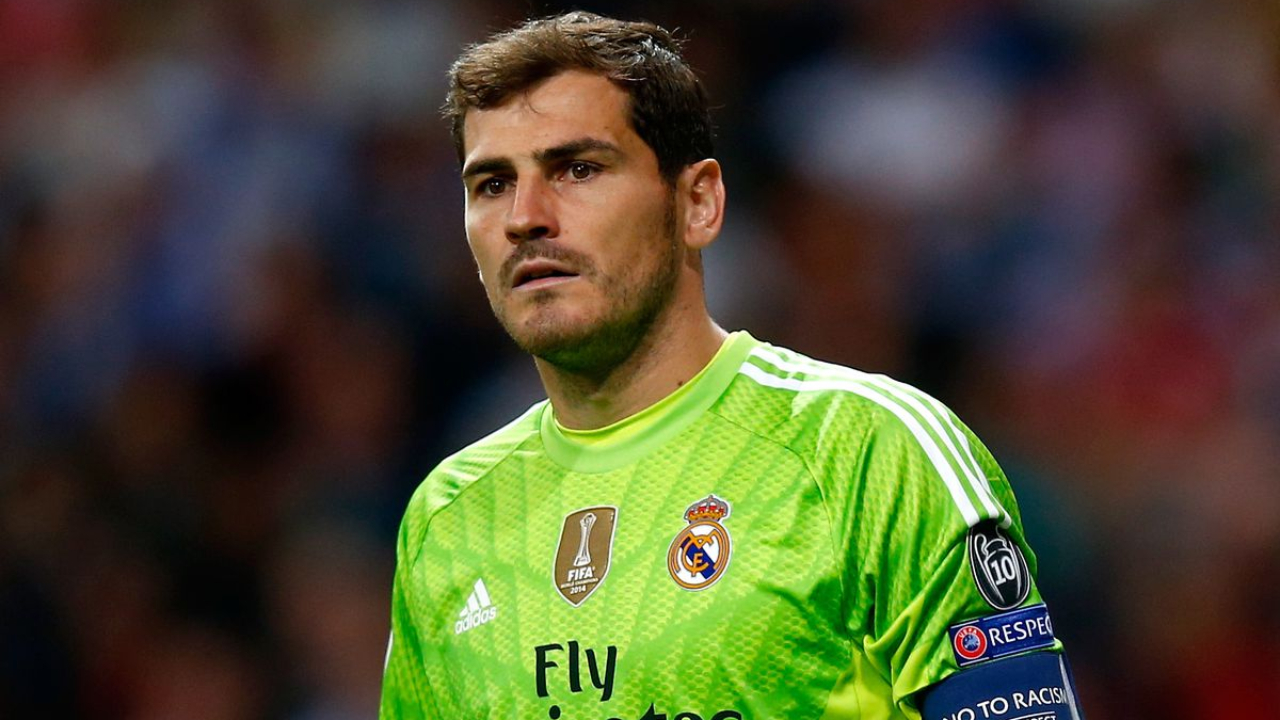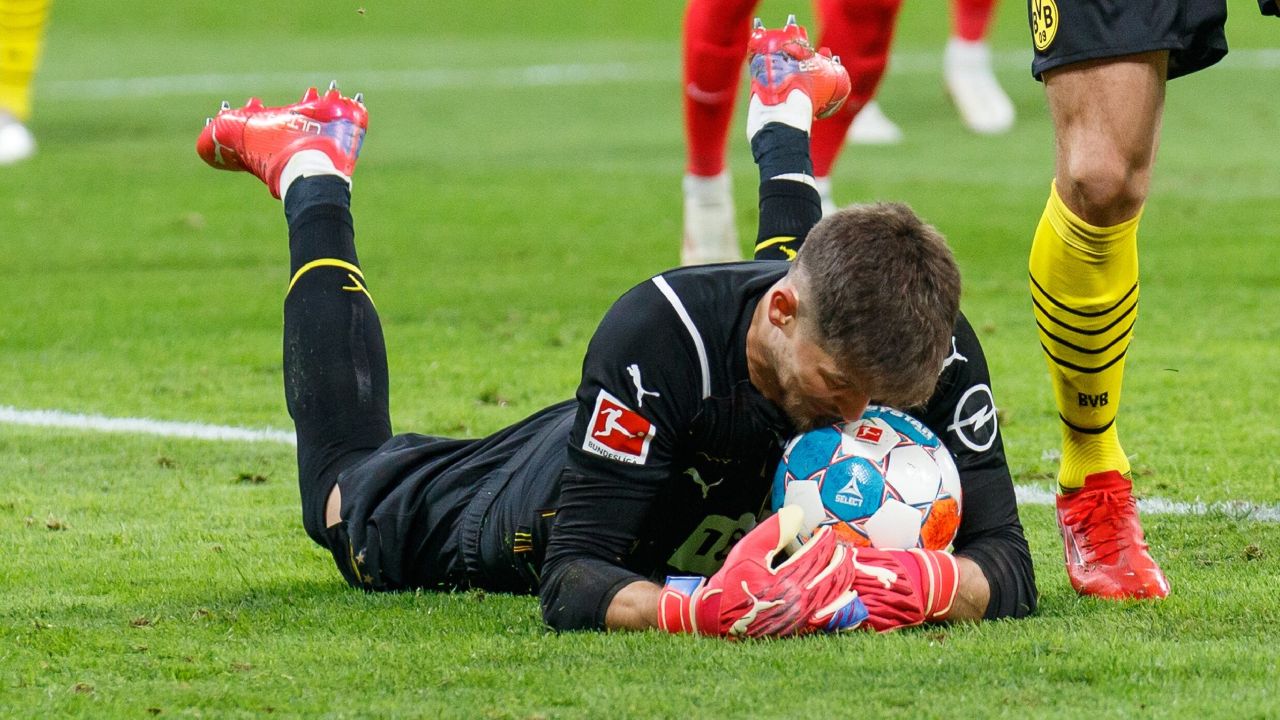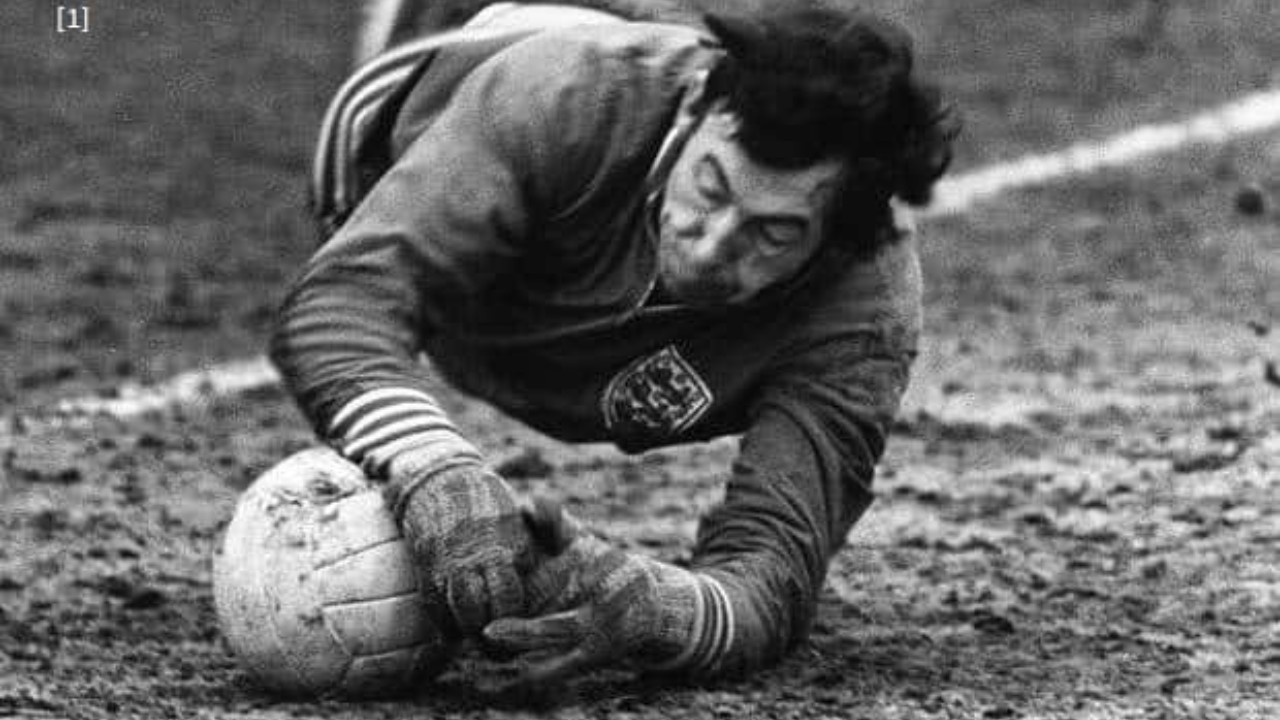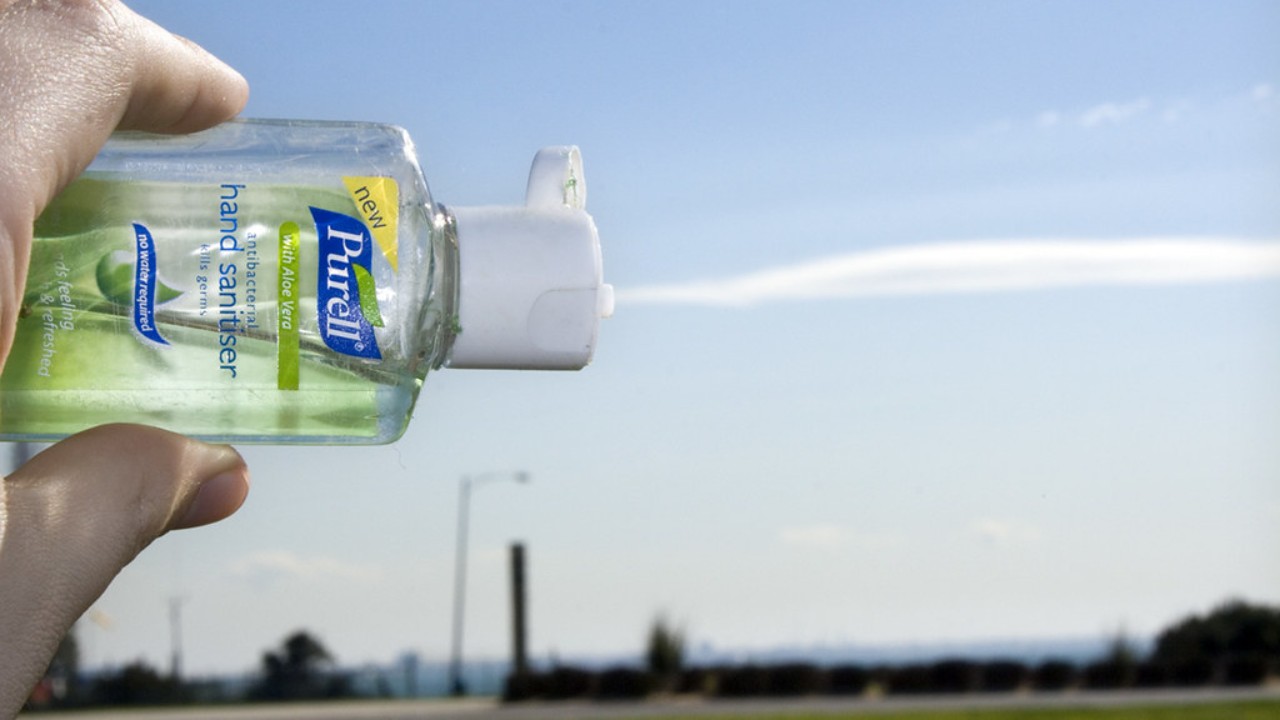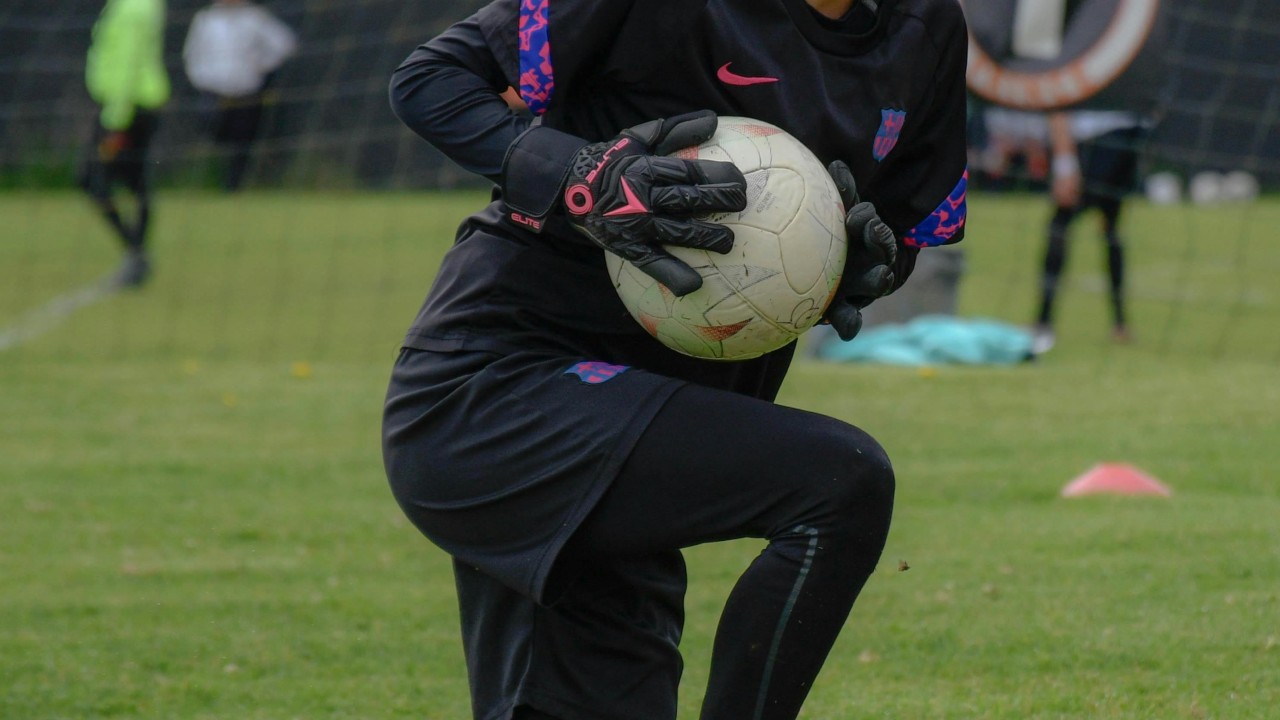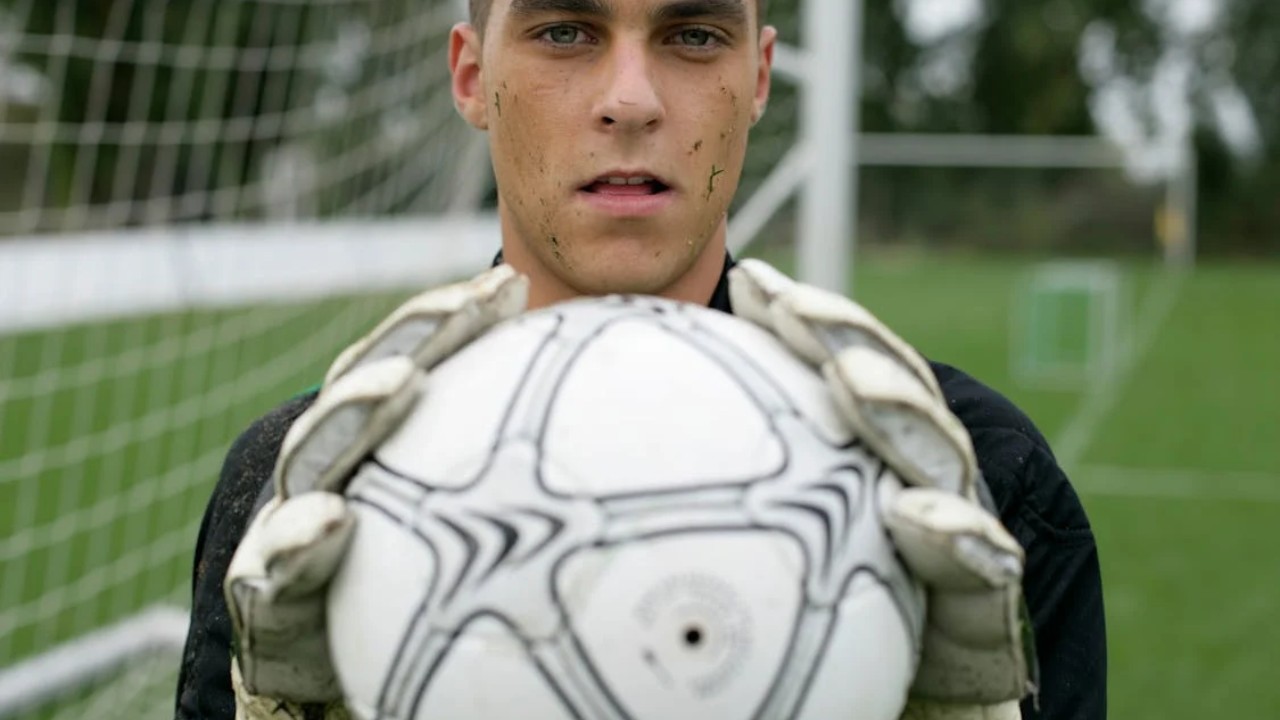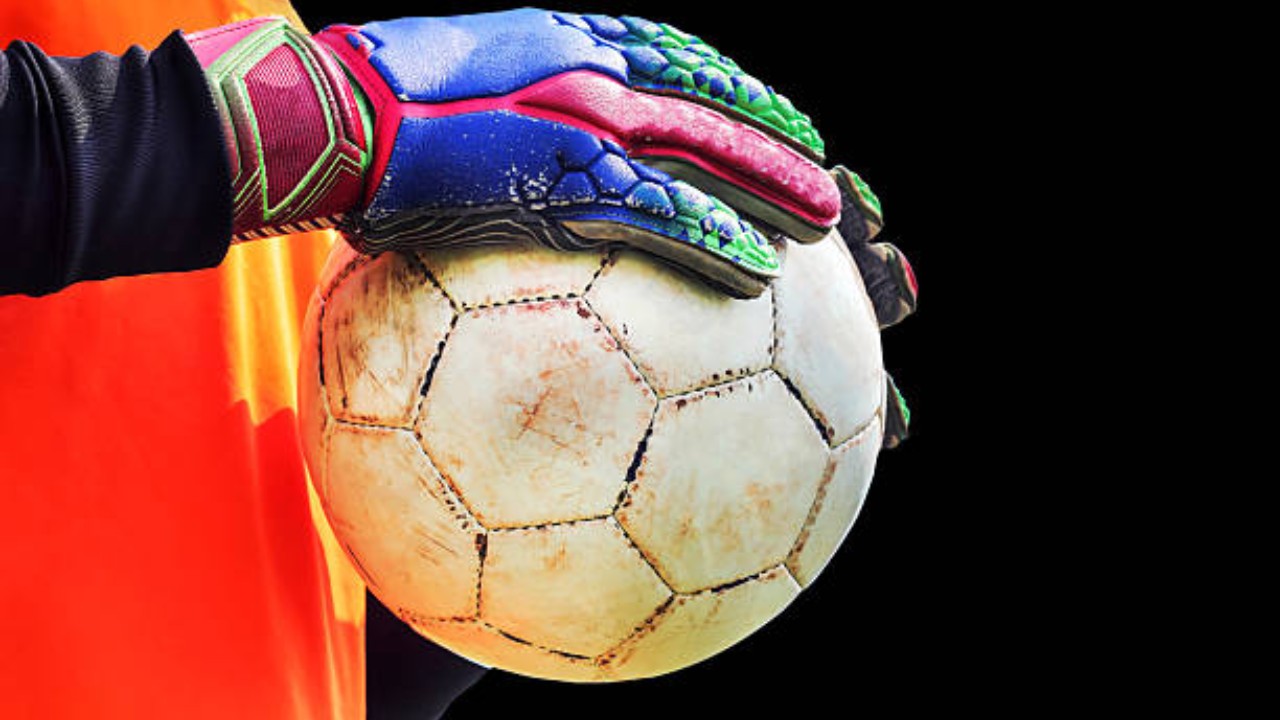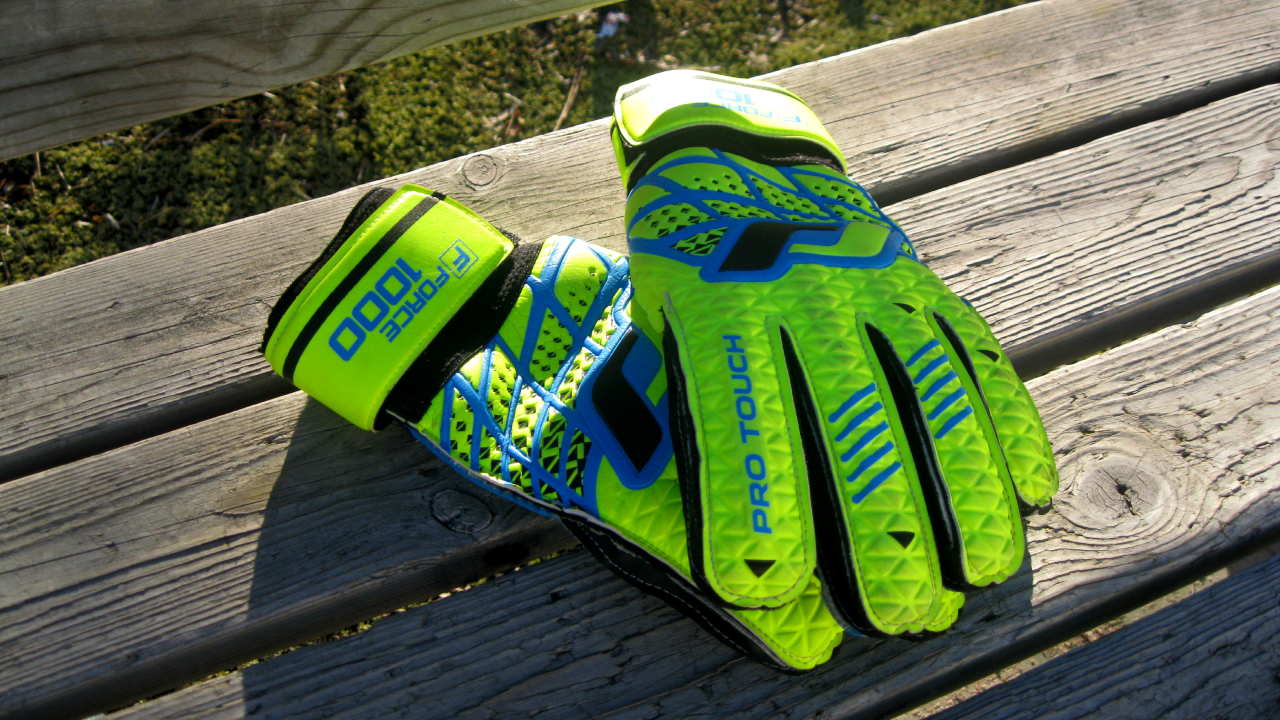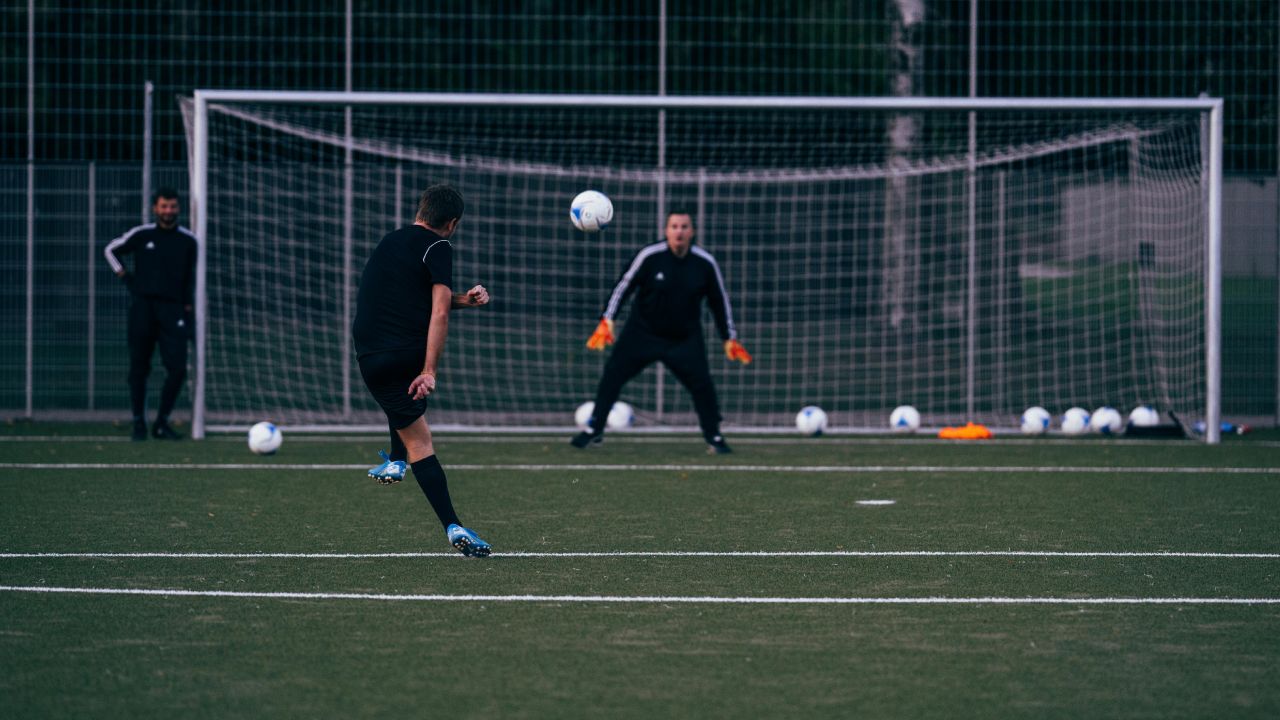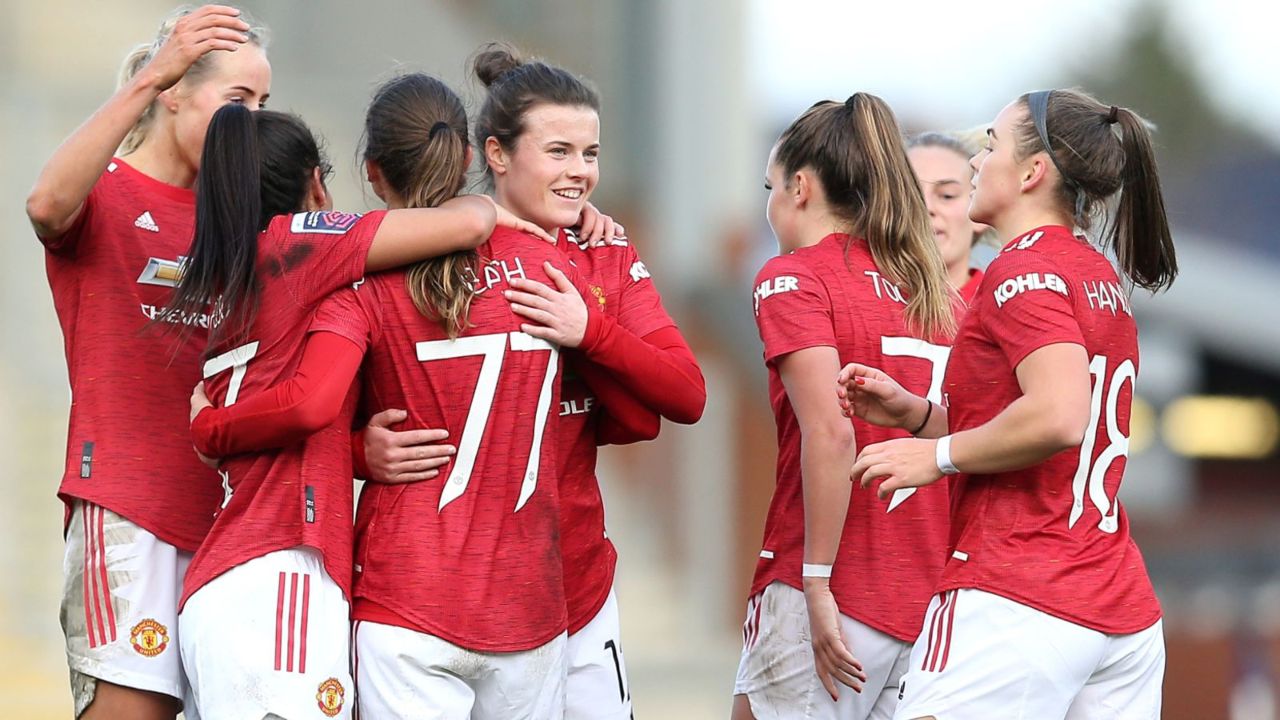Soccer, known as the world’s game, has a unique charm that captivates millions across the globe. Understanding how many players are on a soccer team is fundamental for fans, players, and anyone interested in the sport. This article dives deep into the composition of a soccer team, exploring the roles, rules, and regulations that define the beautiful game.
Basic Team Structure
In a standard soccer match, each team fields 11 players on the pitch. These players are strategically positioned to cover different areas of the field, ensuring both offensive and defensive duties are balanced. The team is typically divided into four main groups: the goalkeeper, defenders, midfielders, and forwards.
The 11 Starting Players
Goalkeeper (GK): The last line of defense and the only player allowed to use hands within the penalty area. The goalkeeper’s primary job is to prevent the opposing team from scoring by blocking shots and organizing the defense.
Defenders: These players form the backbone of the defense. They are tasked with stopping the opposition’s forwards from creating scoring opportunities.
- Center-Backs (CB): Positioned centrally in the defensive line, they block attacks through the middle.
- Full-Backs (Left-Back and Right-Back): Positioned on either side of the defensive line, they prevent wingers from delivering crosses and often support offensive plays.
- Wing-Backs: More offensive-minded than full-backs, they provide width to the attack while still maintaining defensive duties.
Midfielders: The engine of the team, connecting defense and attack.
- Central Midfielders (CM): Versatile players who contribute to both defense and attack.
- Defensive Midfielders (DM): Focus on protecting the defense and breaking up opposition play.
- Attacking Midfielders (AM): Create scoring opportunities and often take shots on goal.
- Wide Midfielders/Wingers: Provide width and deliver crosses into the opponent’s penalty area.
Forwards: Primarily responsible for scoring goals.
- Center Forwards/Strikers (CF): The main goal-scoring threat, positioned closest to the opponent’s goal.
- Second Strikers: Play just behind the main striker, linking midfield with attack.
- Wingers/Inside Forwards: Often fast and skillful, they cut in from the wings to create or score goals.
Goalkeeper (GK)
The goalkeeper is the only player allowed to use their hands, but only within the penalty box. They need excellent reflexes, agility, and the ability to read the game. Communication is key, as goalkeepers organize the defense during set-pieces and open play.
Explore Goalkeeper Equipment at Soccer Max Pro: Shop now!
Defenders
Center-Backs (CB): These players are usually tall, strong, and excellent in aerial duels. They need to be tactically aware, capable of reading the game, and making crucial tackles.
Full-Backs (Left-Back and Right-Back): Full-backs must balance defensive duties with the ability to support their team’s attacks. They often need to be quick, with good stamina and crossing ability.
Wing-Backs: Wing-backs operate in a more advanced role compared to full-backs. They must be incredibly fit to cover large distances, contributing to both defense and attack.
Midfielders
Central Midfielders (CM): These players are often considered the most versatile, as they are involved in both defensive and offensive plays. They need to have a high level of stamina, excellent passing skills, and tactical awareness.
Defensive Midfielders (DM): They act as a shield for the defense, breaking up opposition attacks and distributing the ball to more advanced players. Positioning and tackling are crucial skills.
Attacking Midfielders (AM): These creative players are tasked with making key passes, assisting strikers, and scoring goals themselves. They need to have good dribbling skills, vision, and the ability to take on defenders.
Wide Midfielders/Wingers: Speed and dribbling are vital for wingers, who must beat defenders and deliver accurate crosses. They also need to track back and support their full-backs defensively.
Forwards
Center Forwards/Strikers (CF): These players are often the focal point of the attack. They need to be strong, with excellent finishing skills and the ability to hold up play and bring others into the game.
Second Strikers: Playing off the main striker, they need to be creative, with good dribbling and passing skills. They often exploit the space between the opposition’s defense and midfield.
Wingers/Inside Forwards: Modern soccer sees many wingers cutting inside to shoot or create chances. They must be quick, skillful, and able to play both wide and in more central positions.
Substitutes and Squad Rotation
A soccer team can have several substitutes, with the exact number varying by competition. Typically, a match allows three to five substitutions, providing strategic flexibility for coaches. Substitutes are crucial for maintaining player fitness and adapting tactics during the game.
Youth and Development Squads
Developing young talent is essential for any soccer club. Youth squads and reserve teams provide a pathway for young players to progress to the senior team. These squads are structured to offer regular competitive matches, helping young players gain experience and improve their skills.
Specialized Roles and Flexibility
In modern soccer, players often need to be versatile. Utility players, who can perform well in multiple positions, are invaluable. This flexibility allows teams to adapt to various tactical demands and injury situations.
Team Formation and Tactics
Formations like 4-4-2, 4-3-3, and 3-5-2 are common, each with its strengths and weaknesses. Teams choose formations based on their tactical approach, players’ strengths, and the opposition. Flexibility in switching formations during a game is also a valuable tactical asset.
Impact of Team Size on Play Style
The number of players influences a team’s style of play. More defensive formations like 5-4-1 focus on solidity at the back, while formations like 4-3-3 emphasize attacking prowess. Famous teams like Barcelona and their tiki-taka style showcase how team composition can define a team’s identity.
Historical Changes in Team Sizes
Soccer has evolved, with changes in rules and formations. Historically, formations like 2-3-5 were common, but the modern game has shifted towards more balanced setups. Key historical moments, like the introduction of substitutions, have significantly impacted team dynamics.
Regulations and Governing Bodies
FIFA sets the standard rules for team sizes in international competitions. However, variations exist in different leagues and tournaments, with some allowing more substitutes or different squad sizes.
Common Misconceptions
A common misconception is that a team must always have 11 players. While this is ideal, teams can continue playing with fewer players due to injuries or red cards. Another myth is that all players must specialize in one position, whereas versatility is highly valued.
Conclusion
Understanding the composition and roles within a soccer team enhances the appreciation of the game. From the 11 starting players to the impact of substitutes and tactical flexibility, every aspect of team structure contributes to the dynamics of soccer. Whether you’re a fan, player, or coach, grasping these details enriches your soccer experience.

